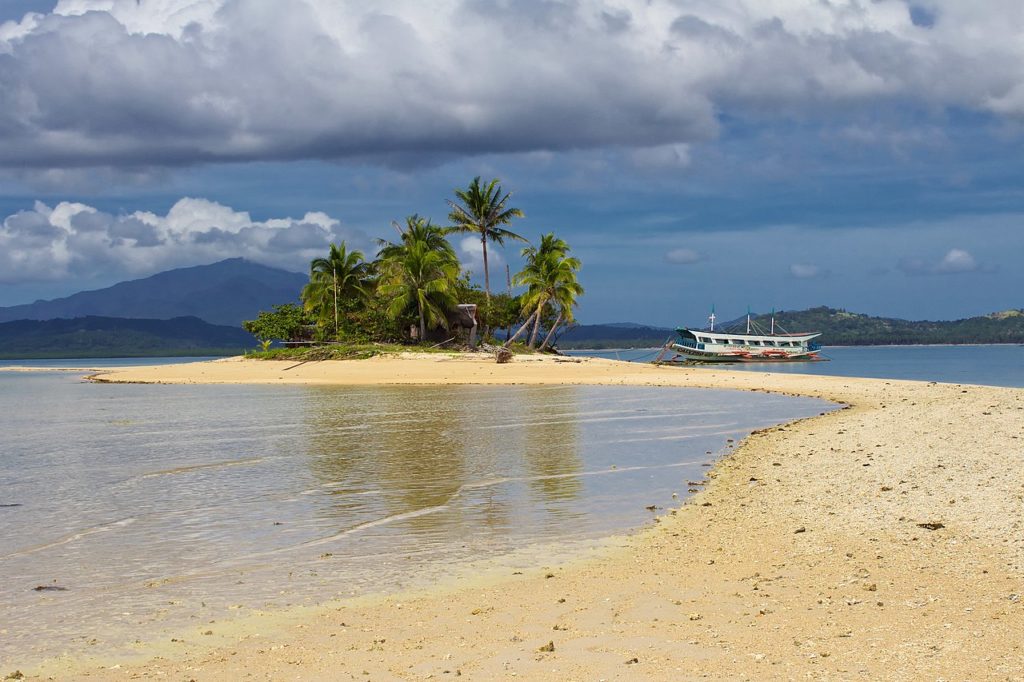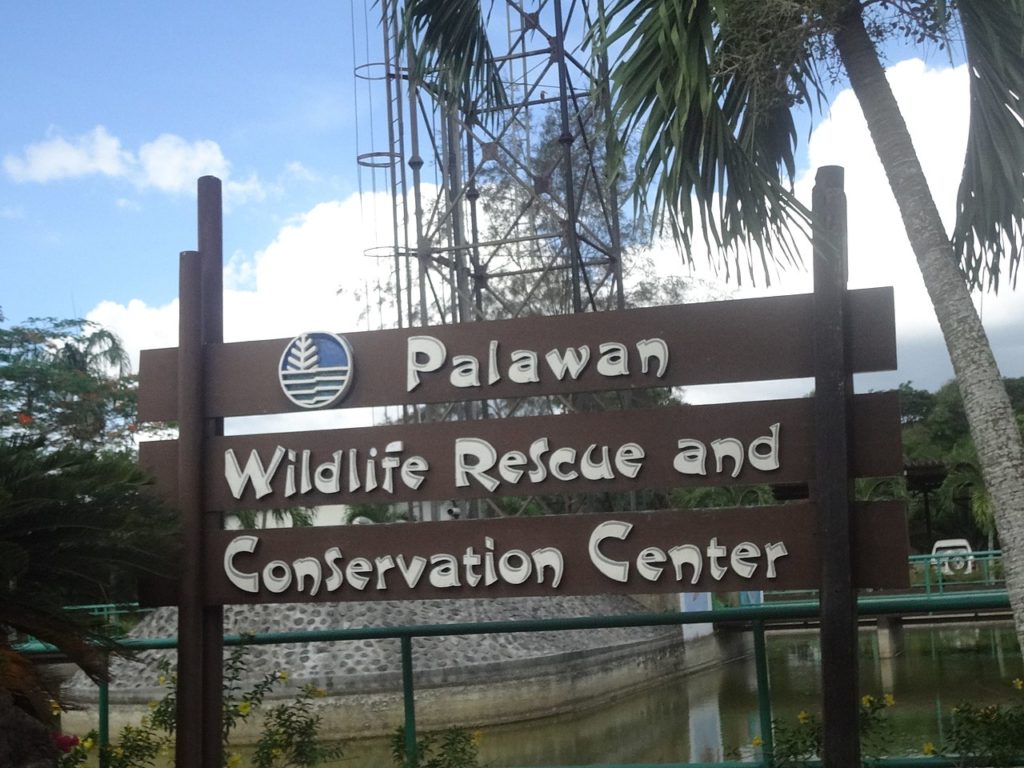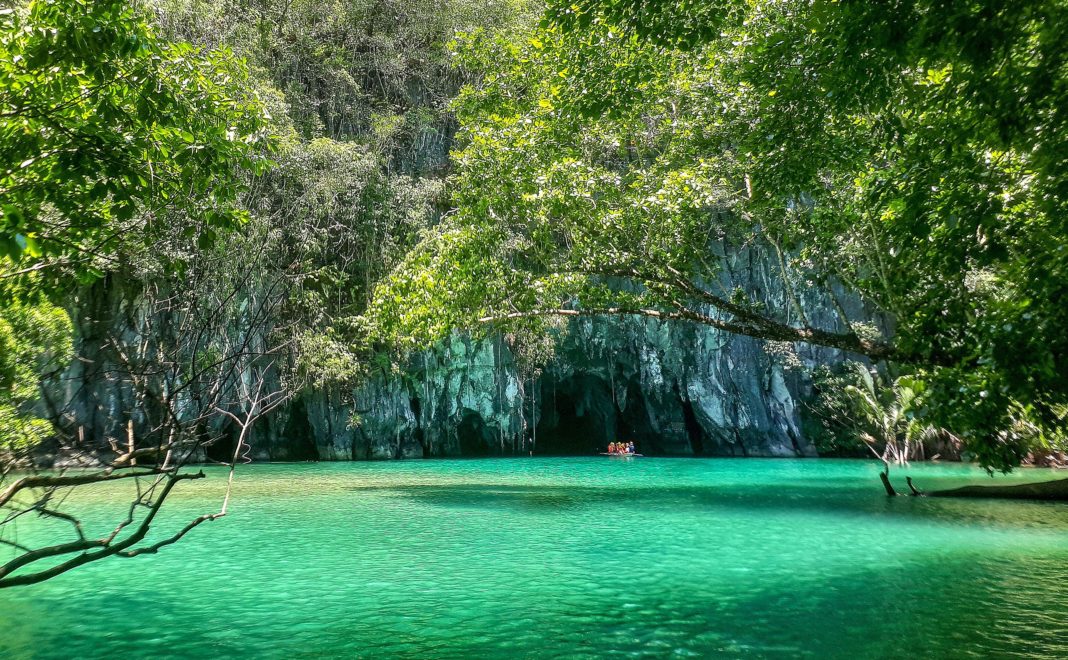Known for its abundant greenery and home to gorgeous white sand beaches, Puerto Princesa has been listed as the cleanest and the greenest city in the Philippines.
The name Puerto Princesa is named after a Spanish princess Maria Cristina born to Queen Isabella of Spain. Tourism has grown to become the primary source for its locals as lakhs of visitors travel to Puerto Princesa to visit the UNESCO heritage site – the underground river. Many adventure activities, pristine beaches and affordable special souvenirs make this city a popular destination for people including the Filipinos who visit in large numbers.
Underground River National Park
Puerto Princesa’s underground river is one of the seven modern wonders of the world and is the most popular attraction of the city. Discovered in the ’90s, the underground river is a protected UNESCO heritage site and the pride of the Philippines.

This 8 km long underground river is the longest navigable underground river in the world, with over 4km accessible to humans. It is located in Sabang area, an hour’s drive from Puerto Princesa. A permit is needed to take this 45min tour, where you can see the formation of Stalagmites and Stalactites. Foreign tourists are required to show their passport for ID verification for obtaining the permit.
Honda Bay
Honda Bay is located on the eastern shore of Puerto Princesa city and is an area for the commercial fishery. A 25-minute drive from the centre of Puerto Princesa City on the east leads to Honda Bay, a popular area for the locals to hang out in the evening. The Bay area is rich in many species of starfishes that are found in large numbers close to the coast.
 Palawan Wildlife Rescue and Conservation Center
Palawan Wildlife Rescue and Conservation Center
Formerly famous as Crocodile conservation centre, many species of endangered animals including ostriches, are protected here. Palawan Wildlife Rescue center is home to many species of newly hatched and full-grown crocodiles including a few rare and endangered species.

It is located to the south of Puerto Princesa City and takes about 30 minutes to reach. Cabs or tuk-tuks are available to the centre. During a 30 minute tour in the centre, you’ll be introduced to the lifecycle of crocodiles and its species, and you can see some antique collection in the museum. You can even interact with baby crocodiles at the end of the tour.
1730 Jesuit House
Jesuit House of 1730 or The Museo De Parian is an ancient heritage house located in Parian district of Cebu city in the Philippines. Once serving as the centre of the Christian religious community, it is now converted into a museum showcasing the history of Jesuits through memorabilia.
One of the oldest structures in Cebu, Museo De Parian has an extensive collection of artefacts, books, documents, photographs, antique wooden furniture, paintings and Jesuit souvenirs. The house was built in the 1730s by the Spanish during their colonization and was home to prominent members of the church and Jesuit priests.
According to holidify.com





![[HONORARY DOCTORATE OF RECORD FOR PRACTICE AND EMPIRICAL RESULTS – 2017] LY THI MAI (HO CHI MINH CITY, VIETNAM)](https://aseanrecords.world/wp-content/uploads/2024/04/0_16-27_jpg_751-218x150.jpg)








